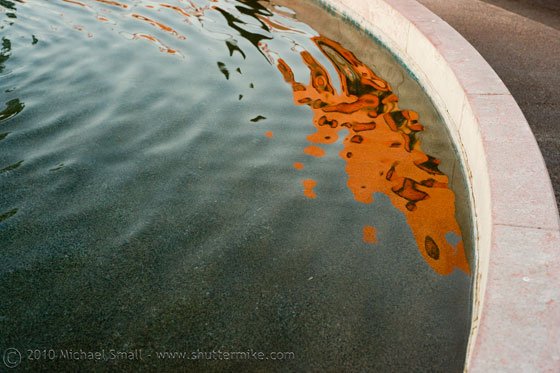Designed by Frank Lloyd Wright, Grady Gammage Auditorium sits on the campus of Arizona State University. Although neither Wright nor Gammage lived to see the building constructed it was their partnership that brought the auditorium to life. Originally designed as an opera house for Baghdad, Iraq, Wright adapted it to the campus of ASU as part of Gammage’s vision to create a university auditorium that stood out from all others. It was Wright’s only public building in Arizona, the home of the western campus of his Taliesin School of Architecture.
The building reaches the height of an 8 story building and can seat over 3,000 people. It has become Arizona State’s iconic structure with its prominent location at the intersections of Apache Blvd. and Mill Ave. Today the auditorium plays host to everything from Broadway musicals to symphonic concerts to lectures and solo performances.
Above all else, Gammage Auditorium stands out to me because of its architecture, both exterior and interior. From the repeated use of circles to the copper and pink tones that show their best in the setting sun this is a classic Wright design.
 f/4.0 – 1/500 sec – ISO 400 – Focal Length 50 mm
f/4.0 – 1/500 sec – ISO 400 – Focal Length 50 mm

f/4.0 – 1/640 sec – ISO 400 – Focal Length 50 mm

f/4.0 – 1/640 sec – ISO 400 – Focal Length 50 mm

f/4.0 – 1/125 sec – ISO 400 – Focal Length 50 mm

f/4.0 – 1/800 sec – ISO 400 – Focal Length 50 mm
 Red, White and Blue
f/8.0 – 4 sec (bulb setting) – ISO 100 – Focal Length 90 mm
Red, White and Blue
f/8.0 – 4 sec (bulb setting) – ISO 100 – Focal Length 90 mm
I came up with a few more tips for photographing fireworks while shooting the fireworks show last night.
- Use manual focus rather than auto focus. Set it once and then leave it alone.
- Don’t fuss with the aperture setting. An f-stop in the neighborhood of 8.0 worked really well for me. I set it and forget it.
- Leave your ISO pretty low. I kept it on 100.
- Manage your exposure using the shutter speed. If your camera has a bulb setting that is the ideal way to go. Just remember that too long of an exposure will over expose. It may be night, but fireworks give off a lot of light.
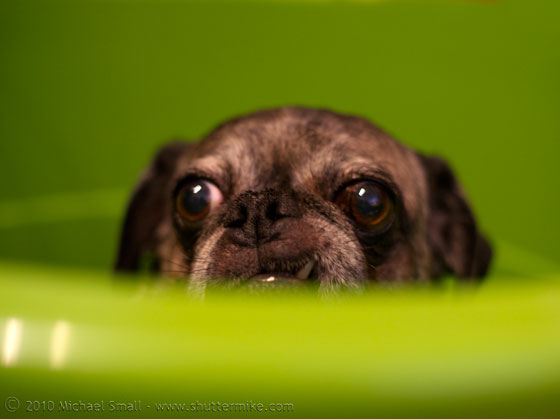 Scooter in a Bucket
f/2.2 – 1/15 sec – ISO 400 – Focal Length 50mm
Scooter in a Bucket
f/2.2 – 1/15 sec – ISO 400 – Focal Length 50mm
Sometimes you just have to shoot an image at the moment it happens and you might not have time for 100% perfect preparation. The depth of field is not ideal on this image in that the left side of his face is not in as sharp of focus as the right. Also the moment presented itself when I did not have the flash unit on the camera. So I adjusted the settings to get the right exposure even though I would have preferred to have used a flash. But throwing out the “rules” to get a cute shot is not the end of the world.
 It is the first of July, that means we are only a few days away from photographing fireworks. I do not have a lot of experience in this area to offer solid first hand advice on how to capture the best fireworks photographs. But I do have a few pieces of advice from my fireworks photography outing last 4th of July. I have also complied what I feel are some great resources out on the Internet to help guide you through the process.
It is the first of July, that means we are only a few days away from photographing fireworks. I do not have a lot of experience in this area to offer solid first hand advice on how to capture the best fireworks photographs. But I do have a few pieces of advice from my fireworks photography outing last 4th of July. I have also complied what I feel are some great resources out on the Internet to help guide you through the process.
My Fireworks Photography Tips:
1. A tripod is ESSENTIAL. I’d go so far as to say “don’t even try it without one.”
2. A remote shutter release cable can help significantly as well. It allows you to release the shutter without touching the camera thereby reducing camera shake and blur.
3. Location is key. It really helps to scout out the area where the show is going to be the day before to find a spot where you will get the best vantage point.
4. Read up on the best settings to use for photographing fireworks ahead of time so you can limit your experimentation during the show when time is limited.
5. Above all else, have fun with it.
Here are some resources I have found that offer tips and tricks on getting the best Fourth of July fireworks shots:
Digital Photography School – This is a great resource for all things photography related. Their How to Photography Fireworks guide is one of the best and well worth taking a few minutes to read.
Photographyreview.com – The Fireworks Photography Guide from photographyreview.com goes more into the technical aspects of getting the best shot. Even if you are not familiar with all the technical aspects of photography this is a good read. No time like the present to start learning anyway.
Canon – You don’t have to be using a Canon camera to take advantage of their advice. The Canon Digital Learning Center’s Quick Tips: Photographing Fireworks article includes a helpful section on how to best compose your fireworks shots.
 f/4.0 – 1/500 sec – ISO 400 – Focal Length 50 mm
f/4.0 – 1/500 sec – ISO 400 – Focal Length 50 mm




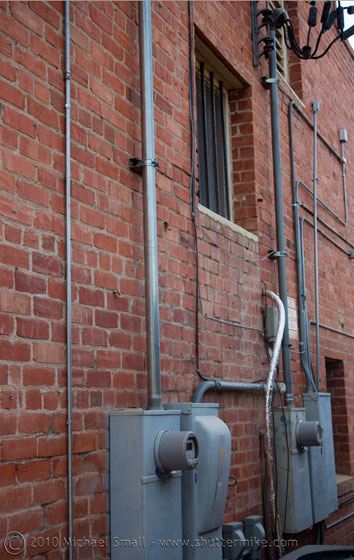
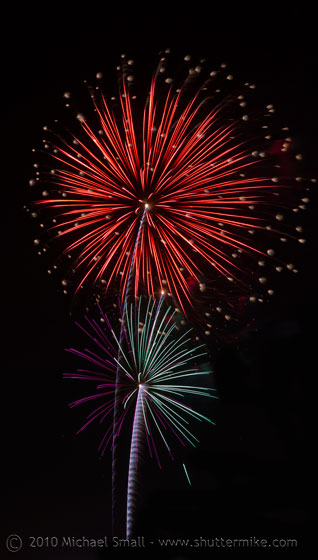 f/8.0 – 6 sec – ISO 100 – Focal Length 90 mm
f/8.0 – 6 sec – ISO 100 – Focal Length 90 mm
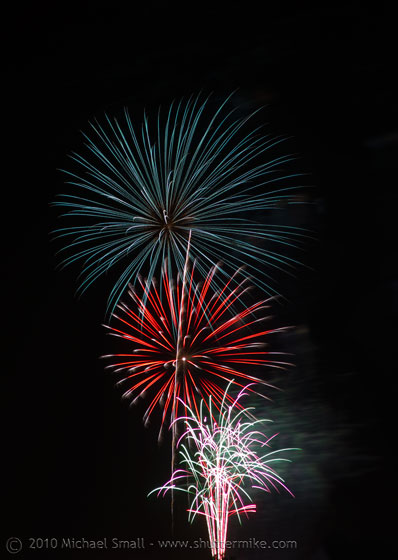 f/8.0 – 3 sec – ISO 100 – Focal Length 90 mm
f/8.0 – 3 sec – ISO 100 – Focal Length 90 mm
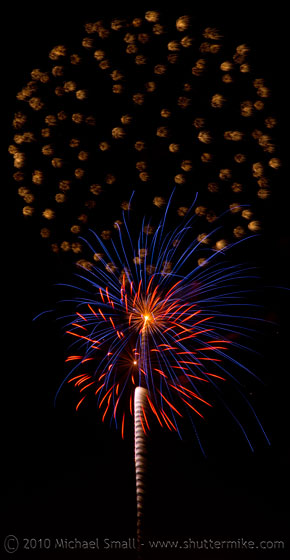

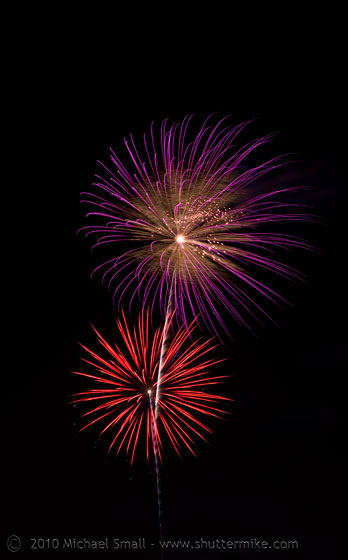
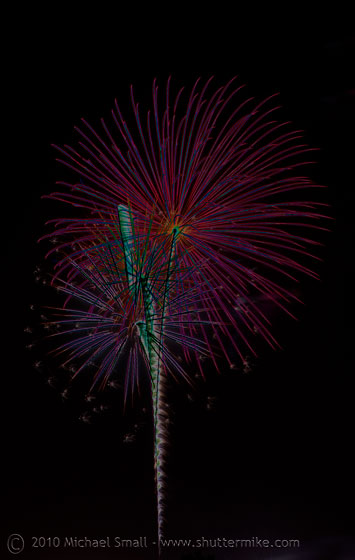
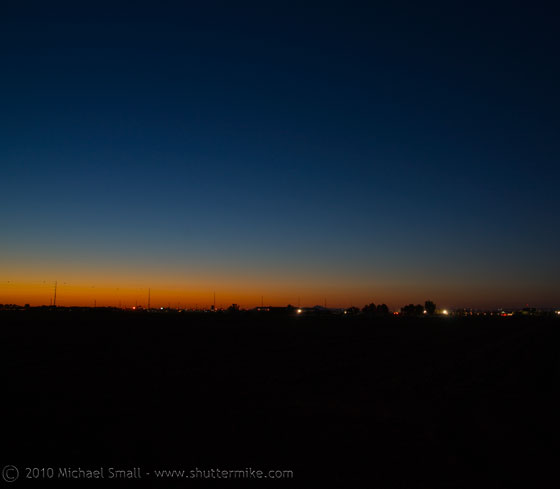
 Red, White and Blue
f/8.0 – 4 sec (bulb setting) – ISO 100 – Focal Length 90 mm
Red, White and Blue
f/8.0 – 4 sec (bulb setting) – ISO 100 – Focal Length 90 mm
 Scooter in a Bucket
f/2.2 – 1/15 sec – ISO 400 – Focal Length 50mm
Scooter in a Bucket
f/2.2 – 1/15 sec – ISO 400 – Focal Length 50mm
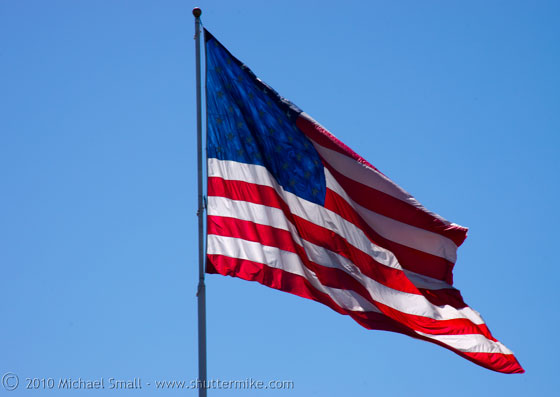
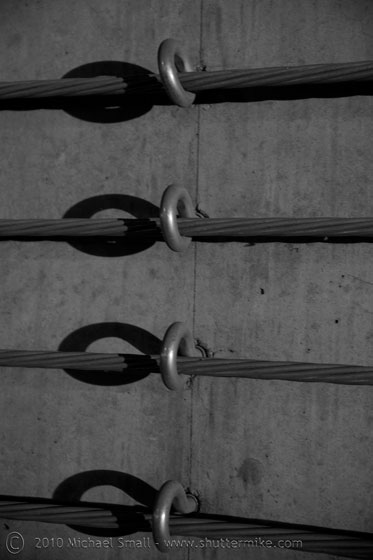
 It is the first of July, that means we are only a few days away from photographing fireworks. I do not have a lot of experience in this area to offer solid first hand advice on how to capture the best fireworks photographs. But I do have a few pieces of advice from my
It is the first of July, that means we are only a few days away from photographing fireworks. I do not have a lot of experience in this area to offer solid first hand advice on how to capture the best fireworks photographs. But I do have a few pieces of advice from my 